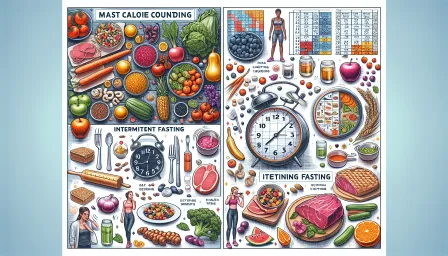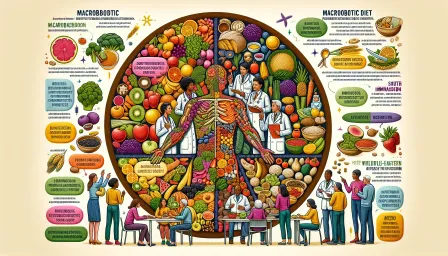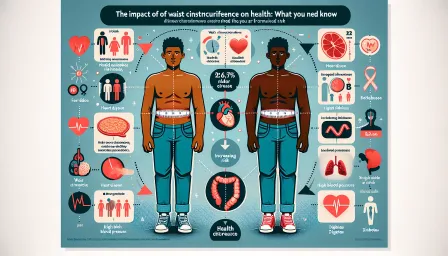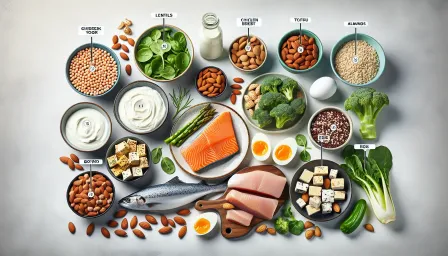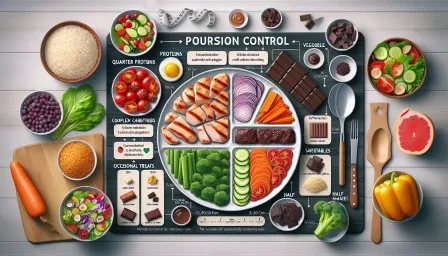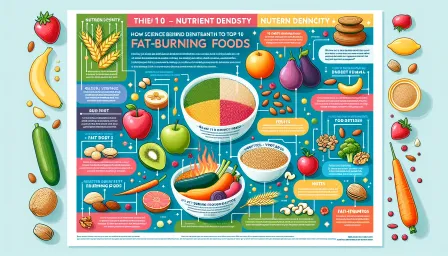Mastering Cooking at Home and Dietary Preferences: A Comprehensive Guide

Learn how to master cooking at home while accommodating various dietary preferences. Discover expert tips, recipes, and essential skills to enhance your culinary journey.
Cooking at home has increasingly become a popular choice for many individuals seeking to improve their diets, save money, and enjoy the comfort of homemade meals. This guide delves into the art of cooking at home with a focus on accommodating various dietary preferences. Whether you're new to home cooking or looking to refine your skills, this comprehensive guide provides valuable tips and insights to enhance your culinary journey.
Why Cook at Home?
Cooking at home offers numerous benefits, from health advantages to financial savings. It allows you to have complete control over the ingredients and portions, ensuring that meals meet your dietary needs and preferences. Here are some key reasons why cooking at home is beneficial:
- Healthier Meals: You can choose fresh, nutritious ingredients and avoid unnecessary additives and preservatives found in many packaged foods.
- Cost-Effective: Home-cooked meals are generally more affordable than dining out or ordering takeout, especially when you buy ingredients in bulk.
- Customization: Tailor meals to suit your dietary preferences and restrictions, such as vegan, gluten-free, or low-carb diets.
- Family Bonding: Cooking together as a family can be a fun and educational experience for everyone involved.
- Skill Development: Enhances your cooking skills, making you more confident and proficient in the kitchen.
Understanding Dietary Preferences
Understanding and accommodating various dietary preferences is crucial when cooking for yourself or others. Here are some common dietary preferences and tips on how to cater to them:
Vegan and Vegetarian Diets
Vegan and vegetarian diets exclude meat and animal products. A vegan diet eliminates all animal-derived ingredients, while a vegetarian diet may include dairy and eggs. To cater to these diets:
- Use plant-based proteins such as beans, lentils, tofu, and tempeh.
- Incorporate a variety of vegetables, fruits, nuts, and seeds.
- Experiment with dairy alternatives like almond milk, soy yogurt, and vegan cheese.
- Explore vegan and vegetarian recipes for inspiration.
Gluten-Free Diets
A gluten-free diet eliminates gluten, a protein found in wheat, barley, and rye. This diet is essential for individuals with celiac disease or gluten sensitivity. Tips for gluten-free cooking:
- Opt for gluten-free grains such as quinoa, rice, and oats (ensure they are labeled gluten-free).
- Use gluten-free flours like almond, coconut, and rice flour for baking.
- Check labels for gluten-containing ingredients in packaged foods.
- Explore gluten-free recipes and substitutions.
Keto and Low-Carb Diets
Keto and low-carb diets focus on reducing carbohydrate intake and increasing healthy fats. These diets can help with weight loss and blood sugar management. Tips for keto and low-carb cooking:
- Incorporate healthy fats such as avocado, olive oil, and nuts.
- Choose low-carb vegetables like leafy greens, broccoli, and cauliflower.
- Use almond flour or coconut flour for baking instead of traditional flour.
- Explore keto and low-carb recipes for inspiration.
Essential Cooking Tips and Techniques
Mastering cooking at home involves learning essential tips and techniques that can elevate your meals. Here are some fundamental skills to develop:
Meal Planning and Preparation
Effective meal planning and preparation can save time and reduce stress during the week. Consider these strategies:
- Plan your meals for the week, including breakfast, lunch, and dinner.
- Create a shopping list based on your meal plan to ensure you have all necessary ingredients.
- Batch cook and store meals in portioned containers for easy access.
- Prepare ingredients in advance, such as chopping vegetables or marinating proteins.
Knife Skills
Good knife skills can significantly impact your efficiency and safety in the kitchen. Practice these techniques:
- Learn basic knife cuts like dicing, slicing, and julienning.
- Keep your knives sharp to ensure clean and precise cuts.
- Use the proper knife for each task, such as a chef's knife for chopping vegetables and a paring knife for peeling fruits.
- Practice proper grip and cutting techniques to avoid accidents.
Cooking Methods
Understanding different cooking methods allows you to achieve the desired texture and flavor in your dishes. Here are some common methods:
- Sautéing: Quickly cooking food in a small amount of oil over medium-high heat.
- Baking: Cooking food in an oven using dry heat.
- Grilling: Cooking food over direct heat, usually on a grill or barbecue.
- Steaming: Cooking food with steam, preserving nutrients and natural flavors.
Recipe Ideas for Various Dietary Preferences
To get you started, here are some delicious recipe ideas catering to different dietary preferences:
Vegan Recipe: Chickpea and Vegetable Stir-Fry
This colorful and nutritious stir-fry is packed with plant-based protein and vibrant vegetables.
- Ingredients: 1 can chickpeas, 1 bell pepper (sliced), 1 zucchini (sliced), 1 carrot (julienned), 2 tbsp soy sauce, 1 tbsp olive oil, 1 garlic clove (minced), 1 tbsp sesame seeds.
- Instructions: Heat olive oil in a pan, add garlic and sauté until fragrant. Add vegetables and cook until tender. Stir in chickpeas and soy sauce. Sprinkle with sesame seeds and serve warm.
Gluten-Free Recipe: Quinoa Salad with Lemon Vinaigrette
This refreshing quinoa salad is a great gluten-free option for lunch or a light dinner.
- Ingredients: 1 cup cooked quinoa, 1 cucumber (diced), 1 cup cherry tomatoes (halved), 1/4 cup red onion (chopped), 1/4 cup feta cheese (crumbled), 2 tbsp olive oil, 1 tbsp lemon juice, 1 tsp honey, salt, and pepper to taste.
- Instructions: In a large bowl, combine cooked quinoa, cucumber, tomatoes, and red onion. In a small bowl, whisk together olive oil, lemon juice, honey, salt, and pepper. Pour over the salad and toss to combine. Top with feta cheese and serve.
Keto Recipe: Avocado and Bacon Egg Cups
These savory egg cups are perfect for a keto-friendly breakfast or snack.
- Ingredients: 2 avocados, 4 eggs, 4 slices of bacon (cooked and crumbled), salt, pepper, and chives for garnish.
- Instructions: Preheat oven to 375°F (190°C). Halve the avocados and remove the pits. Scoop out some flesh to make room for the eggs. Place avocado halves in a baking dish. Crack an egg into each avocado half. Season with salt and pepper. Bake for 15-20 minutes, until the eggs are set. Top with crumbled bacon and chopped chives before serving.
Conclusion
Mastering cooking at home and accommodating various dietary preferences can seem challenging at first, but with the right knowledge and techniques, it becomes an enjoyable and rewarding experience. By understanding different dietary needs, implementing essential cooking skills, and experimenting with diverse recipes, you'll be well on your way to creating delicious and nutritious meals for yourself and your loved ones. Happy cooking!






